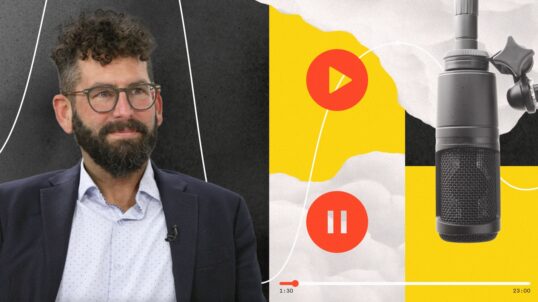It’s the year of relationship marketing. Gone are the days when a school could rely on keyword-saturated content or search engine results to generate leads. In 2016, you must get to know the people who matter most: prospective students.
How do you accomplish this? One way is to adopt the buyer persona methodology for your higher education marketing strategy. Instead of creating profiles for customers who might buy a product or hire a company for a service, you’ll create student personas. Here’s how to get started.
What Are Prospective Students Looking For?
Traditional marketing tactics involve marketing a product, service, or experience the same way to every customer. However, that strategy has a fatal flaw. Since customers all have different reasons for making a purchase, they don’t arrive at their decisions in the same way.
Similarly, your prospective students all have different reasons for considering your school. Maybe you have an organization, such as a sports team, that other schools lack, or perhaps you’re best known for a particular college or program, such as your law school or communications curriculum.
Student personas allow you to target each of these groups of students individually. You write a profile or description that details exactly what each student wants and needs. What would make them choose your school? What questions do they have or reservations might they express?
How Close Are Prospective Students to Making a Decision?
Some students know which college they want to attend by the time they enroll in junior high. Others make their decisions six weeks before the start of their freshman year. Think of this timeline as the student’s buying cycle. Every student makes a decision at his or her own pace.
The types of content with which you target prospective students should depend on the stages of the buying cycle. For instance, you wouldn’t want to bombard a prospective student with in-depth information about course selection before he or she even knows your school exists.
You can use student personas to categorize your content. For instance, one student persona might take into account an early stage in the buying cycle. He or she has just started to search for the right college or university. Another student persona might describe a student who is narrowing down options between just two or three possibilities.
How Well Do You Know Your Prospective Students?
While you don’t need to list favorite colors and family trees in your student personas, you should make them as detailed as possible while sticking to qualities that relate to school choice. What is each student’s economic background? What are they interested in studying? Do they live nearby or out of state? What are their top concerns about choosing the wrong school?
Answering these questions will help you create content that speaks to each persona. When your prospective students consume the content, they’ll feel as though you’re speaking directly to them.
Student personas are a powerful way to get to know your prospective students in 2016 and to super-charge your higher education marketing efforts. You’ll also want to ensure that your website design speaks to those students and meets their needs.




